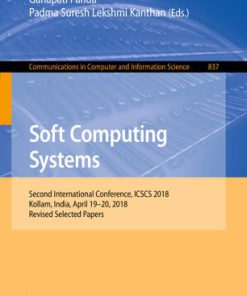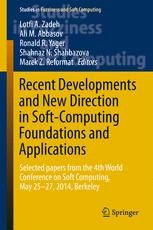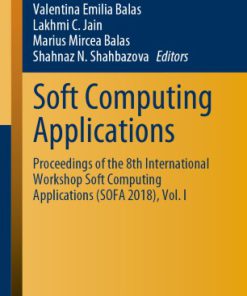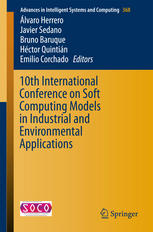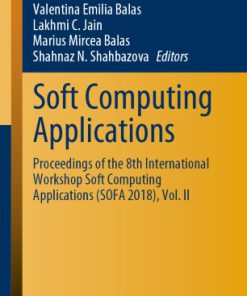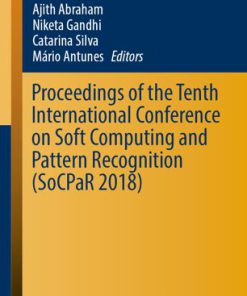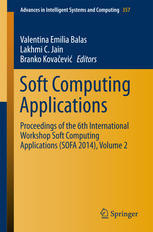Recent Developments and the New Direction in Soft Computing Foundations and Applications 1st edition by Shahnaz Shahbazova, Janusz Kacprzyk, Valentina Emilia Balas ISBN 3030471241 9783030471248
$50.00 Original price was: $50.00.$25.00Current price is: $25.00.
Recent Developments and the New Direction in Soft Computing Foundations and Applications 1st edition by Shahnaz N. Shahbazova, Janusz Kacprzyk, Valentina Emilia Balas – Ebook PDF Instant Download/Delivery: 3030471241, 978-3030471248
Full dowload Recent Developments and the New Direction in Soft Computing Foundations and Applications 1st Edition after payment

Product details:
ISBN 10: 3030471241
ISBN 13: 978-3030471248
Author: Shahnaz N. Shahbazova, Janusz Kacprzyk, Valentina Emilia Balas
Recent Developments and the New Direction in Soft Computing Foundations and Applications 1st Table of contents:
-
Fuzziness in Information Extracted from Tweets’ Hashtag and Keywords: This chapter likely explores how fuzzy logic can be applied to interpret and extract nuanced information from the often ambiguous and informal language used in social media, such as hashtags and keywords.
-
Why Triangular and Trapezoid Membership Functions: A Simple Explanation: Membership functions are fundamental in fuzzy logic. This chapter likely explains the use of triangular and trapezoidal membership functions in a straightforward manner, as these are common due to their simplicity and ability to model uncertainty.
-
Statistical Approach to Fuzzy Cognitive Maps: Fuzzy Cognitive Maps (FCMs) are tools for modeling complex systems using fuzzy logic. This chapter might discuss statistical methods for analyzing or enhancing FCMs, which can represent relationships between variables in uncertain environments.
-
Probabilistic and More General Uncertainty-Based (e.g., Fuzzy) Approaches to Crisp Clustering Explain the Empirical Success of the K-Sets Algorithm: This chapter seems to discuss how uncertainty, in the form of fuzzy or probabilistic logic, improves clustering techniques like K-Sets, which is used to categorize data that doesn’t fit neatly into rigid boundaries.
-
Semi–Supervised Learning to Rank with Nonlinear Preference Model: This chapter likely delves into semi-supervised learning, where a model is trained with both labeled and unlabeled data, and its use in ranking tasks with a focus on non-linear preference modeling.
-
The Concept of Linguistic Variable Revisited: Linguistic variables are used in fuzzy logic to represent vague concepts (e.g., “high”, “medium”, “low”). This chapter revisits and likely expands on their use in modeling real-world problems.
-
Z-number: A Z-number is a generalization of fuzzy numbers, combining both uncertainty and reliability in its representation. This chapter would explain Z-numbers and their applications in dealing with complex real-world data.
-
Fuzzy Normed Linear Spaces: Fuzzy normed spaces extend traditional normed spaces by incorporating fuzziness, allowing for more flexible representations of data in fields like functional analysis. This chapter discusses these spaces and their relevance in fuzzy logic applications.
People also search for Recent Developments and the New Direction in Soft Computing Foundations and Applications 1st :
recent developments
a recent addition to the mobile digital platform is
four new and emerging classes of software
google recent developments
in reversing a software upgrade which of the following
Tags:
Shahnaz Shahbazova,Janusz Kacprzyk,Valentina Emilia Balas,Recent,Developments,New,Direction,Computing,Foundations,Applications 1st
You may also like…
Computers - Computer Science
Computers - Computer Science
Uncategorized





